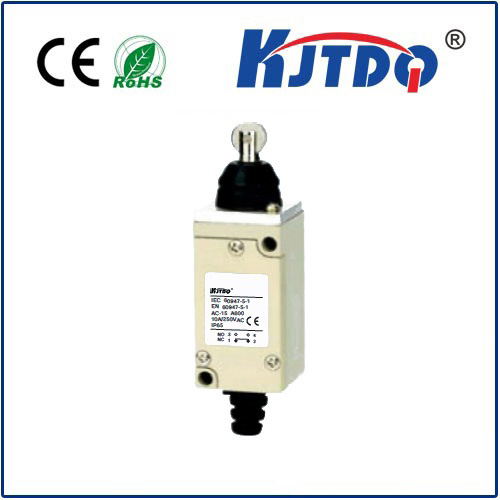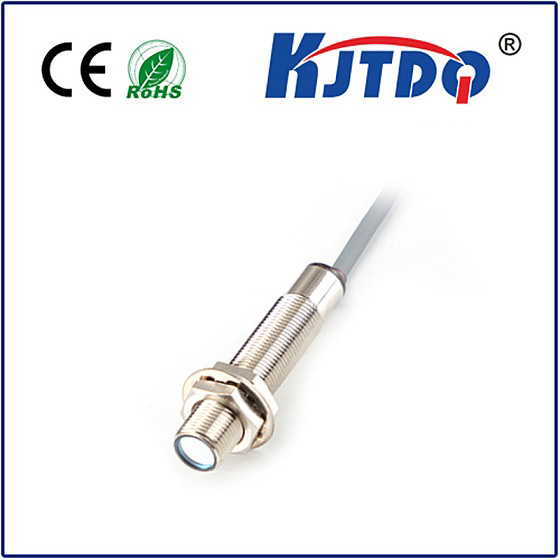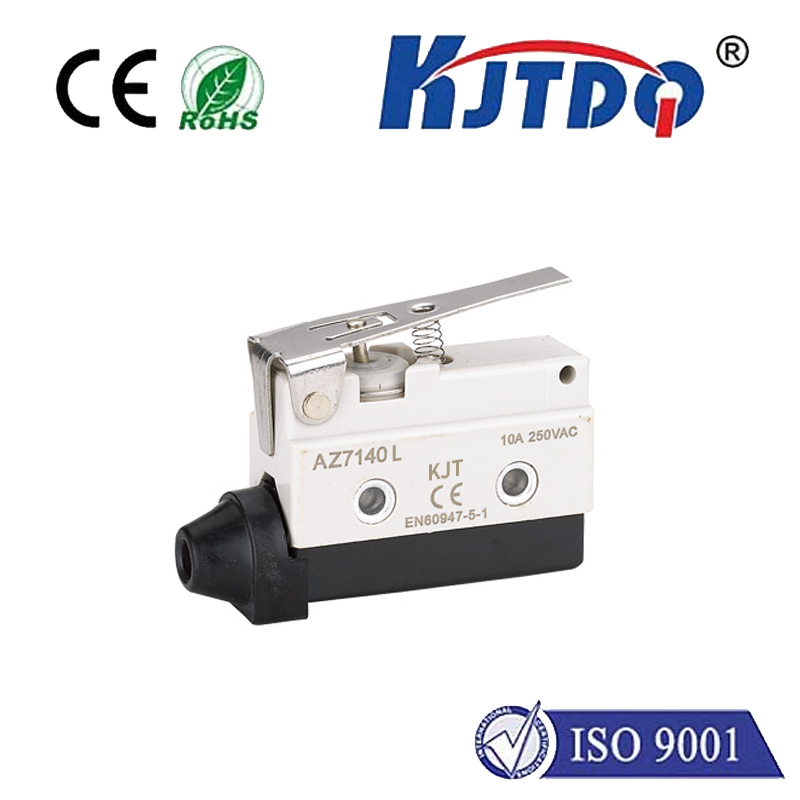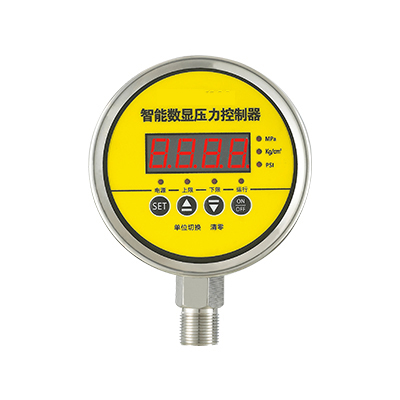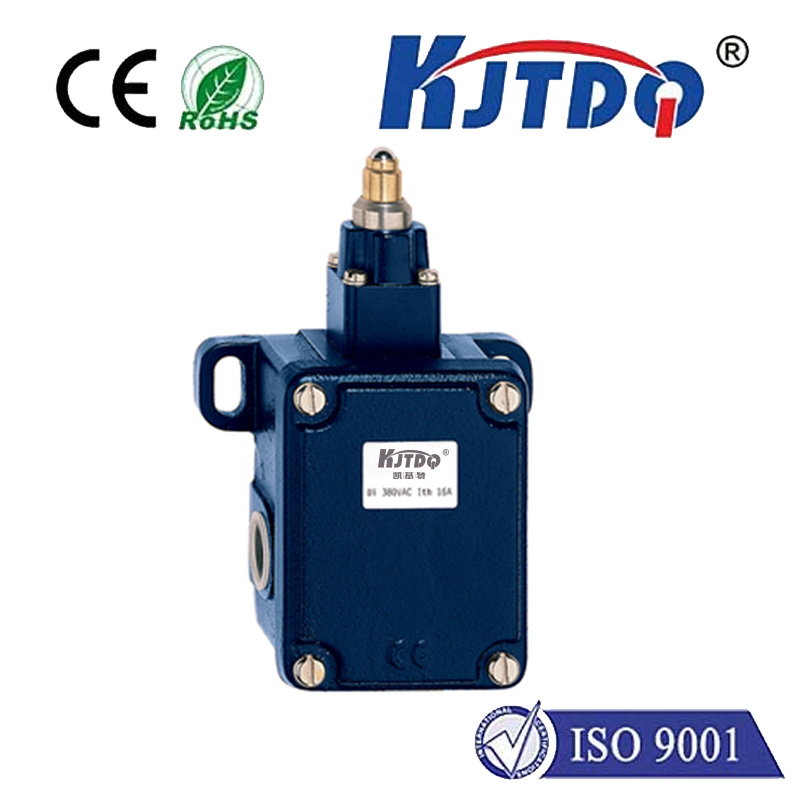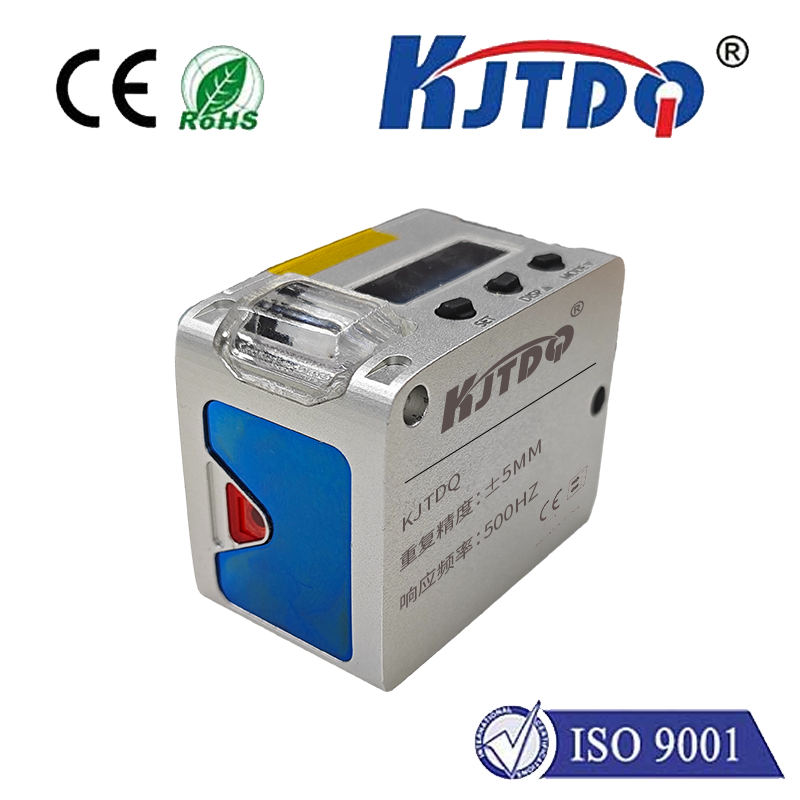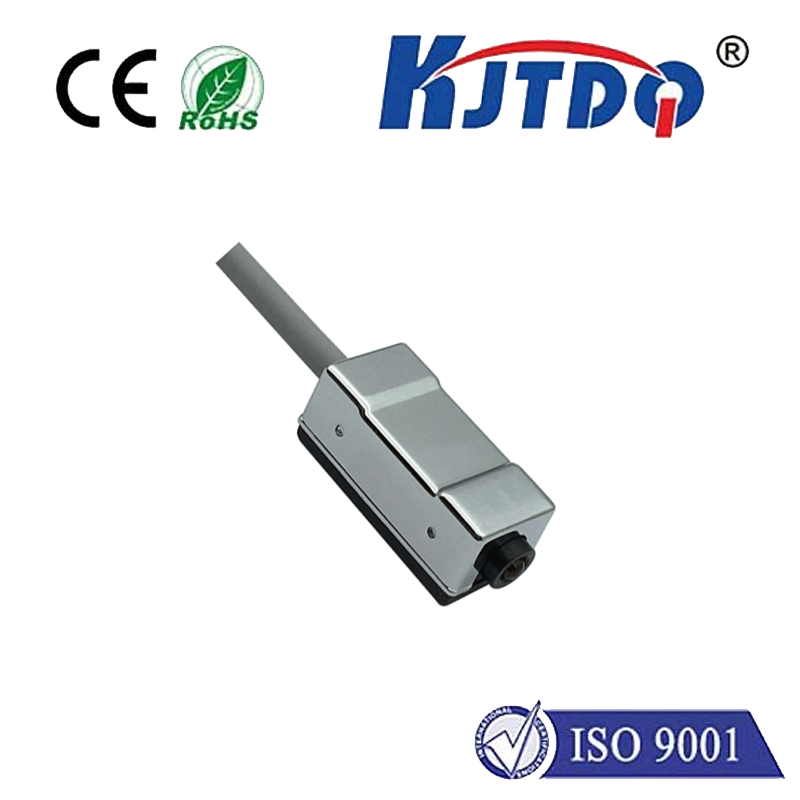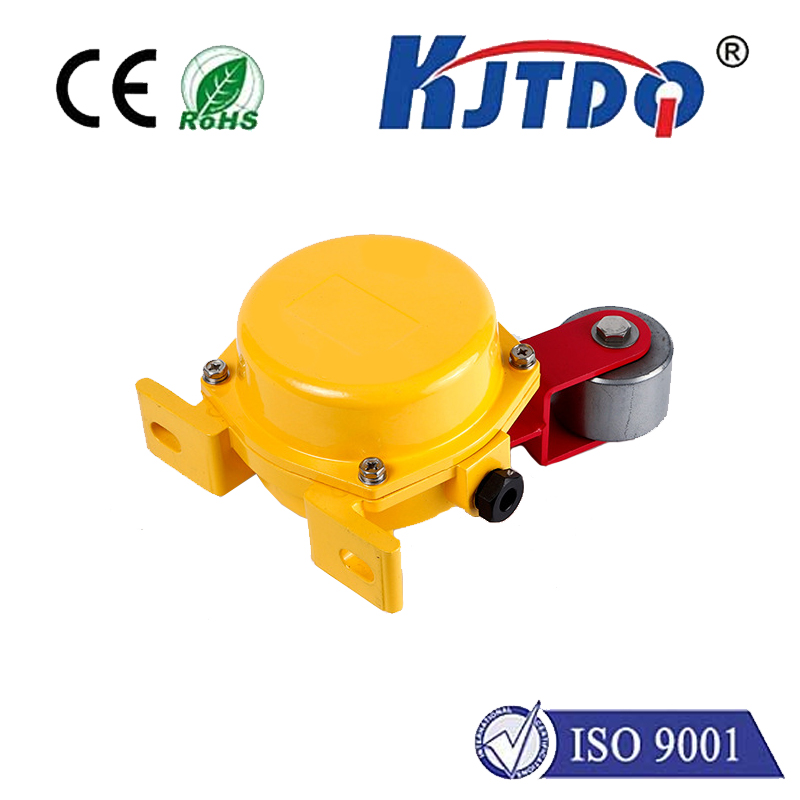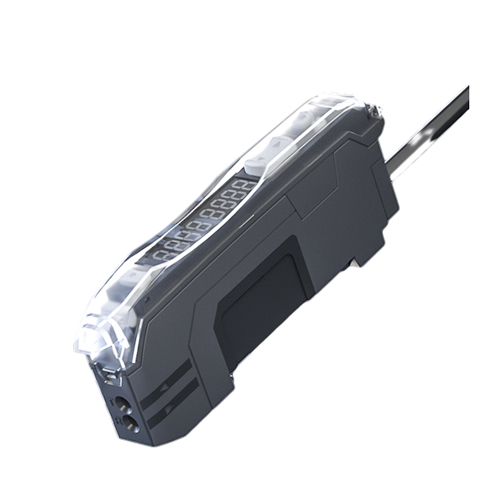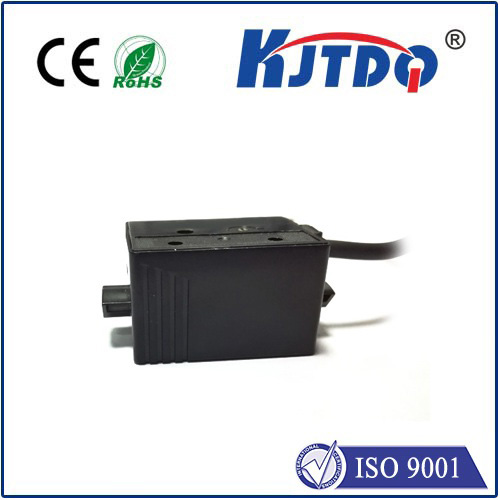

check

check

check

check

check

check

check

check

check

check
Introduction to Non-Contact Proximity Switches
In today's technologically advanced world, non-contact proximity switches have become increasingly prevalent in a variety of applications. These devices rely on infrared (IR) or ultrasonic technology to detect the presence of an object, allowing them to operate without physical contact. This has led to their widespread use in industries such as manufacturing, healthcare, and automotive, among others. In this article, we will explore the different types of non-contact proximity switches available and their unique features and applications.
Classification of Non-Contact Proximity Switches
Non-contact proximity switches can be broadly classified into two categories: IR and ultrasonic sensors. Each type has its own set of advantages and disadvantages, depending on the application requirements.
Classification based on operating principles
The two types of non-contact proximity switches can also be further classified based on their operating principles.
a) IRnon-contact proximity switches: These devices use infrared light waves to determine the distance between the switch and the object. They are relatively inexpensive and simple to install, but their range is limited.
b) Ultrasonicnon-contact proximity switches: These devices emit high-frequency sound waves that bounce off objects in their path. They offer a longer range and higher accuracy than IR switches, but can be more expensive and complex to operate.
Applications of Non-Contact Proximity Switches
Different types of non-contact proximity switches are suitable for various applications. Here are some examples:
a) Industrial: Non-contact proximity switches are commonly used in industrial machinery to control movement and prevent damage to equipment. They can be found in applications such as conveyor systems, material handling equipment, and robotics.
b) Medical: In healthcare settings, non-contact proximity switches are used for patient monitoring, such as in beds with integrated sensors that track vital signs and detect falls. They are also used in hygiene facilities to ensure hand hygiene compliance.
c) Automotive: Non-contact proximity switches are essential components in automotive safety systems, such as automatic door locks and seat belt reminders. They help prevent accidents by detecting when a driver or passenger is getting into or out of the vehicle.
d) Security: Non-contact proximity switches are widely used in security systems to trigger alarms or lock doors when someone approaches a designated area. They can be found in applications like access control systems, perimeter intrusion detection, and public safety infrastructure.
Conclusion
In conclusion, non-contact proximity switches have become an indispensable part of modern technology due to their convenience and reliability. The different types of non-contact proximity switches offer unique features and capabilities that cater to a wide range of applications. By understanding the characteristics of each type, engineers can choose the right sensor for their specific needs and ensure optimal performance in their respective industries.
